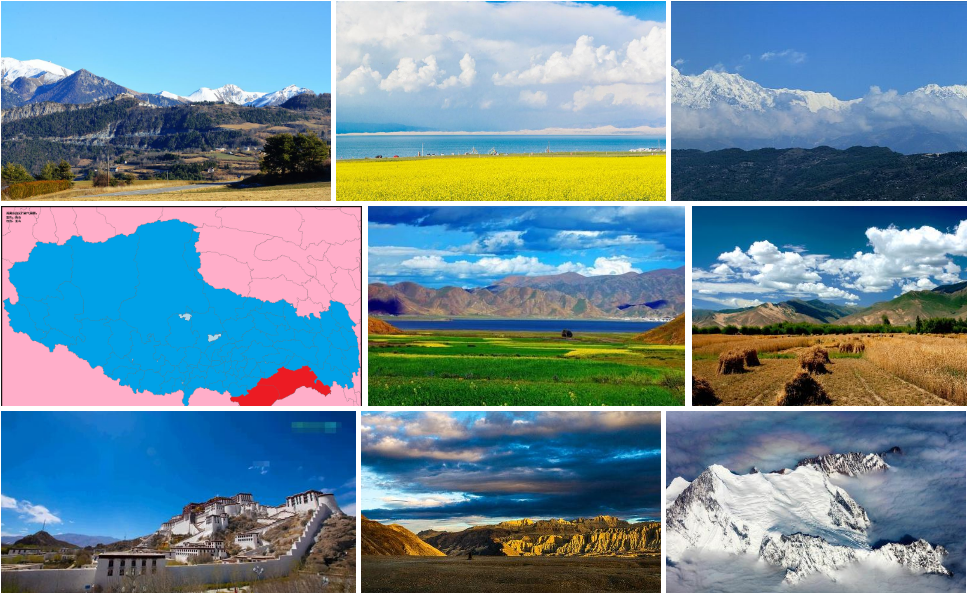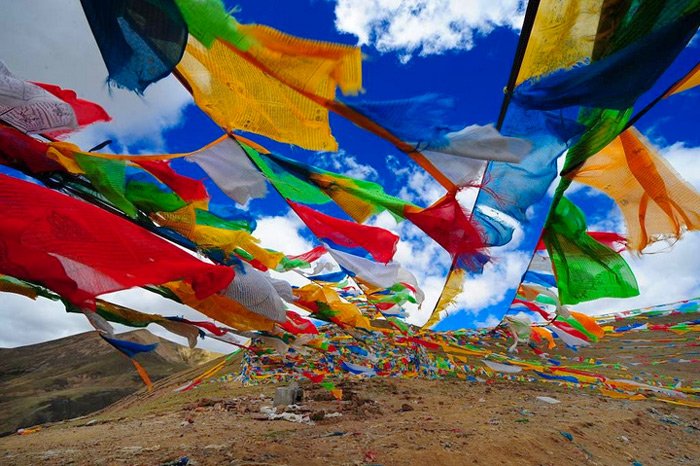Understanding Tibet’s Weather Patterns For Travel:

Executive Summary:

Planning a trip to Tibet requires understanding the exceptional weather patterns that shape this region. Located on the Tibetan Plateau, Tibet’s altitude and unique geography result in unpredictable climate conditions. Exploring Tibet means encountering diverse weather patterns, from the frigid temperatures of winter to the unpredictable intensity of summer monsoons and the remarkable clarity of spring and autumn. These distinct seasons provide distinct opportunities for exploration, requiring travelers to plan accordingly.

Introduction:
Tibet, a land of mystical mountains, rich cultural heritage, and diverse natural landscapes, beckons travelers seeking adventure and spiritual enlightenment. However, to fully embrace the beauty of Tibet, it is essential to understand its complex weather patterns and plan your journey considering these weather conditions. From the frigid temperatures of winter to the unpredictable intensity of summer monsoons, Tibet’s weather can be as captivating as it is challenging. Whether trekking through the majestic Himalayas, visiting holy monasteries, or witnessing the spectacle of Everest, your experience will be greatly influenced by the local climate.
Weather Patterns in Tibet:
- Winter (December – February):
- Freezing temperatures, averaging -15 to -25 degrees Celsius, often dipping below -40 degrees Celsius.
- Snowfall is common, creating a mystical winter wonderland.
- Sunny days may experience temperatures slightly above freezing, while nights can be excruciatingly cold.
- Access to certain areas, including mountain passes and higher altitudes, may be restricted due to heavy snowfall and harsh conditions.
- Spring (March – May):
- The transition period between winter and summer, with temperatures gradually rising.
- Daytime temperatures range between 5 and 15 degrees Celsius, offering pleasant weather for outdoor activities.
- Nights can still be chilly, so warm clothing is recommended.
- Arid conditions prevail, resulting in low humidity and clear skies, providing excellent visibility for sightseeing and photography.
- Summer (June – August):
- Monsoon season brings heavy rainfall, transforming the barren landscape into a lush spectacle.
- Temperatures range between 10 and 20 degrees Celsius, providing a respite from the intense heat of neighboring regions.
- Thunderstorms can occur, and mountain passes may be temporarily closed due to landslides and flooding.
- High cloud cover and reduced visibility can affect outdoor activities, but the beauty of the rain-swept landscapes is unparalleled.
- Autumn (September – November):
- A mild and pleasant season with clear skies and low humidity.
- Daytime temperatures range between 5 and 15 degrees Celsius, gradually decreasing as winter approaches.
- Nights can be chilly, requiring warm clothing for outdoor activities.
- The vibrant hues of autumn foliage create a picturesque setting for travelers to immerse themselves in the beauty of Tibet.
Conclusion:
The weather patterns of Tibet present both challenges and opportunities for travelers. Understanding the unique climate conditions and planning accordingly can enhance your experience and ensure you encounter the region’s beauty in all its splendor. Whether seeking the tranquillity of winter or embracing the grandeur of the summer monsoons, Tibet’s weather will undoubtedly leave an unforgettable impression on your journey through this extraordinary land.
Keyword Phrase Tags:
- Tibet weather patterns
- Understanding Tibet weather
- Tibet travel weather guide
- Best time to visit Tibet
- Tibet weather conditions
